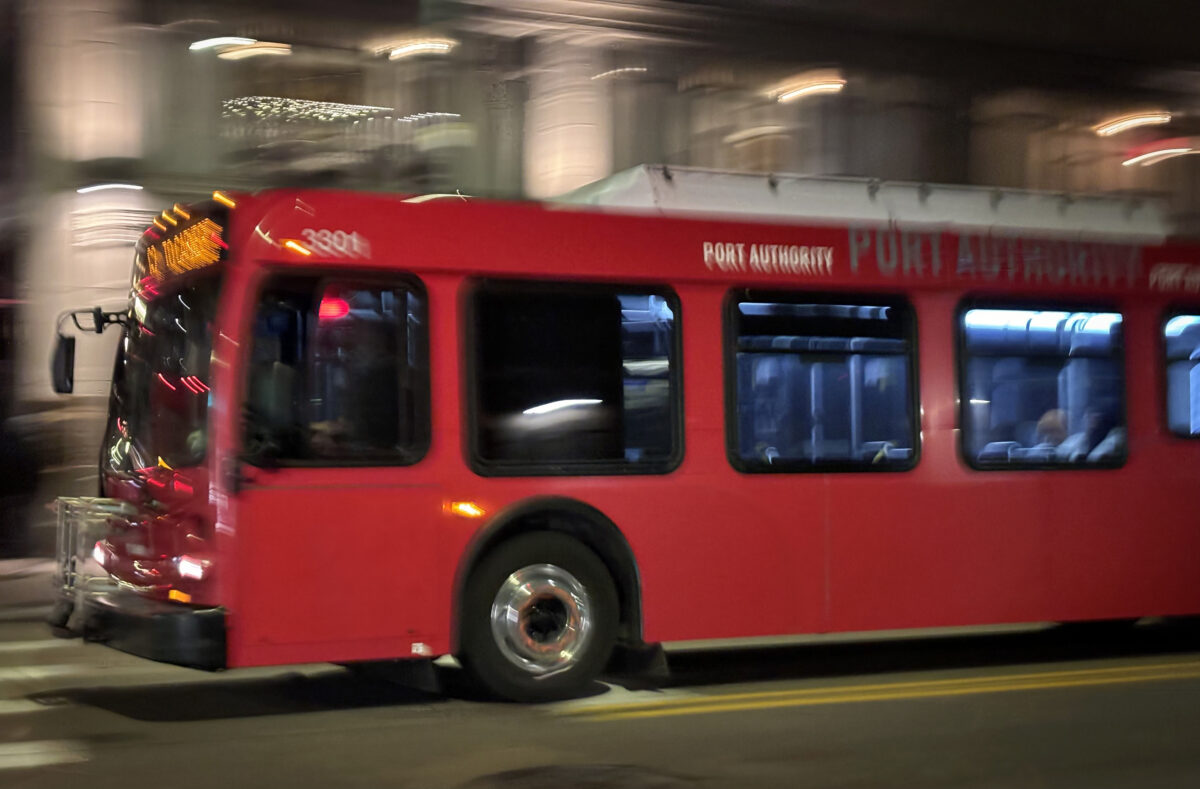Playing off Monday’s Earth Day celebrations, Pittsburgh Regional Transit released its first climate action plan, detailing how it will become a carbon-neutral agency by 2045.
The 64-page plan is an expansion of the agency’s September 2022 pledge to have a zero-emission bus fleet by 2045. It sets six specific priorities for how it will eliminate 104.5 million tons of carbon emissions it produces annually no later than 2045 through additional changes such as reducing electricity use by switching to solar energy, changing as much of its non-revenue fleet to electric vehicles as possible and buying light rail vehicles that use less electricity.
Although those changes will be important, spokesman Adam Brandolph said, the most effective way the agency can improve the environment is by increasing ridership because that takes other polluting vehicles off area roads. Transit ridership nationally dropped sharply during the COVID-19 pandemic and has been slow to recover.
Brandolph said the agency has ongoing projects that should help reach its goal of a 5% increase by 2028. Those include the Bus Rapid Transit system between Downtown Pittsburgh and Oakland; the bus line redesign to link suburban communities directly rather than have riders take trips to neighboring communities through Downtown; and providing more efficient trips on the busy Homestead-to-McKeesport corridor.
“Obviously, the No. 1 thing we can do is get more people to use public transit,” Brandolph said. “If we can do that and reduce our own carbon emissions, that is going a long way.
“There are projects that we are in the middle of … that will bring greater access to public transit, more opportunities, make it easier to use.”
The agency has started the process of converting its fleet of 729 buses from diesel to electric or other energy that causes less pollution. It has nine electric buses now and 14 more have been ordered, but that process has been slowed because the agency doesn’t have space in its garages to install more charging stations.
In the next few months, it expects to borrow a bus that uses a hydrogen cell for fuel to see whether that would work well on the Pittsburgh area’s hilly terrain and study whether renewable diesel would be beneficial.
Another area for potential energy savings will be the replacement of the system’s 82 aging light rail vehicles with new energy-efficient models. The agency is in the early stages of designing new cars, but the process to build and deliver them could take more than seven years and cost more than $500 million.
The plan identifies these additional priorities:
- Switching to renewable electricity sources, first by purchasing it and later by installing its own solar panels.
- Updating energy use audits at its buildings to identify improvements.
- Replacing light trucks, vans, SUVs and sedans with electric or hybrid vehicles.
The agency also will work with its contracted paratransit providers to identify funding sources and other opportunities to change its vans and sedans from carbon fuel. The goal is a 50% reduction in emissions by 2030.
Brandolph said the climate action plan also has a more practical application. Funding sources want to see how capital projects fit into an agency’s action plan as they review projects for grant funds.
In a news release, CEO Katharine Eagan Kelleman said, “This is not just about embracing cleaner technology; this is a blueprint for our future.”
In the near future, the agency expects to hire a sustainability director to oversee implementation of the plan.
Ed covers transportation at the Pittsburgh Post-Gazette, but he's currently on strike. Email him at eblazina@unionprogress.com.



